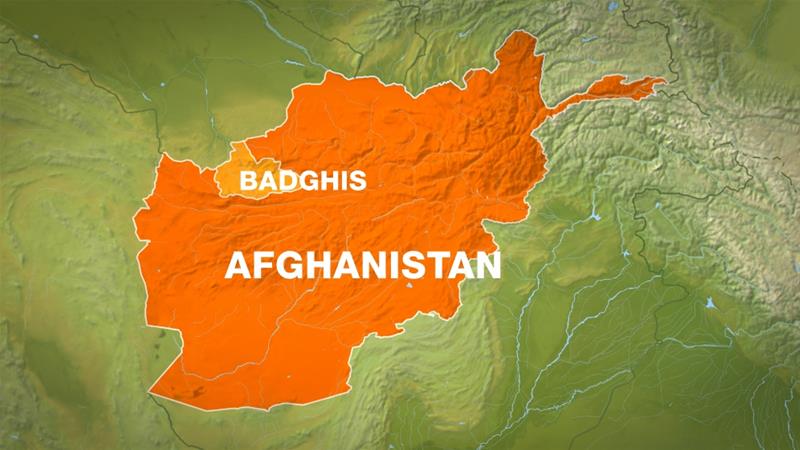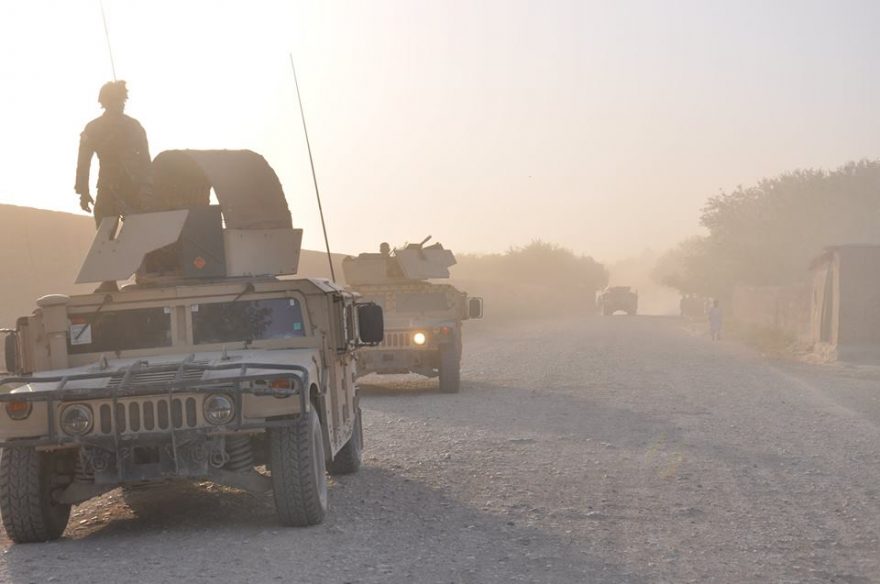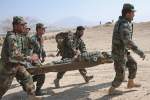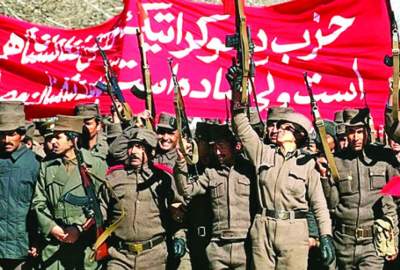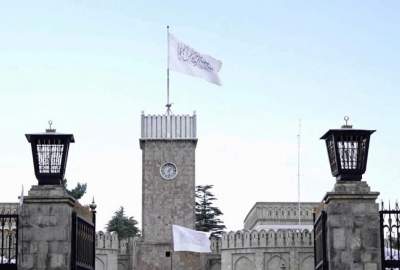Afghanistan’s defense minister said Tuesday that his government and the international coalition paying for the war effort had agreed in principle that Afghan security forces would undergo a significant reduction to about 230,000 personnel after the NATO mission ends in 2014.
Publish dateWednesday 11 April 2012 - 10:54
Story Code : 39645
Under current plans, Afghan security forces are to reach a peak of 352,000 by late this year. Afghan and alliance officials agree that it would be unwise to begin reducing that number before the end of 2014, because in the coming months the number of foreign forces will be reduced and Afghans will be taking over the leading role in defending their nation.
The defense minister, Gen. Abdul Rahim Wardak, noted that the projected reductions beyond 2014 were the result of “a conceptual model for planning purposes” of an army, police and border-protection force sufficient to defend Afghanistan. But it also must be sustainable in the future with decreasing foreign contributions.
He emphasized that the ultimate size of the Afghan security force would be weighed against the battlefield effectiveness of the insurgency, and could be slowed or accelerated depending on the security climate in coming years.
“It will be subject to revision based on the realities on the ground,” General Wardak said. The reductions, he added, “will be gradual.”
“There will be enough time to improve further the security situation,” he said.
As NATO presidents and prime ministers prepare to meet next month in Chicago, a central question is how large an Afghan security force the international alliance will agree to continue financing.
Almost all the money for the Afghan forces — including the cost of salaries, equipment and training — is now provided by foreign governments. The costs are topping $7 billion a year, although that number is a bit deceptive because it includes one-time purchases for sophisticated equipment like armored vehicles, helicopters and communications equipment.
American and other alliance officials acknowledge that the amount of money available for the Afghan security forces beyond 2014 is expected to drop to about $4.1 billion per year, a reality that would require a reduction in the size of Afghanistan’s army and police force.
“If something is unsustainable, either you have to find the resources to sustain it or you have to reduce the size of the project," said a senior Western official in Kabul. “They are still embarked on a project whose dimensions are too ambitious.”
American and alliance officials have said that a tentative division of costs under discussion would call for the United States to contribute $2.3 billion to $2.7 billion annually, with the Afghan government contributing $500 million and donations from allies covering the rest.
General Wardak spoke at a late-afternoon news conference at the Afghanistan Embassy here after a day of meetings at the Pentagon that included Gen. Bismillah Khan Mohammadi, the Afghan interior minister, Defense Secretary Leon E. Panetta and Gen. Martin E. Dempsey, chairman of the Joint Chiefs of Staff.
General Mohammadi noted the continuing gaps in training and equipment faced by the Interior Ministry’s police forces, and said that the international community was not yet at the end of its obligations to Afghanistan.
“Of course we are forever grateful as a nation and as public officials for the help and training that we have received thus far,” General Mohammadi said. “However, during our long conversations today with the folks in the Pentagon, we did receive assurances, especially from the secretary of defense, that this training gap and this equipment gap will be filled.”
The defense minister, Gen. Abdul Rahim Wardak, noted that the projected reductions beyond 2014 were the result of “a conceptual model for planning purposes” of an army, police and border-protection force sufficient to defend Afghanistan. But it also must be sustainable in the future with decreasing foreign contributions.
He emphasized that the ultimate size of the Afghan security force would be weighed against the battlefield effectiveness of the insurgency, and could be slowed or accelerated depending on the security climate in coming years.
“It will be subject to revision based on the realities on the ground,” General Wardak said. The reductions, he added, “will be gradual.”
“There will be enough time to improve further the security situation,” he said.
As NATO presidents and prime ministers prepare to meet next month in Chicago, a central question is how large an Afghan security force the international alliance will agree to continue financing.
Almost all the money for the Afghan forces — including the cost of salaries, equipment and training — is now provided by foreign governments. The costs are topping $7 billion a year, although that number is a bit deceptive because it includes one-time purchases for sophisticated equipment like armored vehicles, helicopters and communications equipment.
American and other alliance officials acknowledge that the amount of money available for the Afghan security forces beyond 2014 is expected to drop to about $4.1 billion per year, a reality that would require a reduction in the size of Afghanistan’s army and police force.
“If something is unsustainable, either you have to find the resources to sustain it or you have to reduce the size of the project," said a senior Western official in Kabul. “They are still embarked on a project whose dimensions are too ambitious.”
American and alliance officials have said that a tentative division of costs under discussion would call for the United States to contribute $2.3 billion to $2.7 billion annually, with the Afghan government contributing $500 million and donations from allies covering the rest.
General Wardak spoke at a late-afternoon news conference at the Afghanistan Embassy here after a day of meetings at the Pentagon that included Gen. Bismillah Khan Mohammadi, the Afghan interior minister, Defense Secretary Leon E. Panetta and Gen. Martin E. Dempsey, chairman of the Joint Chiefs of Staff.
General Mohammadi noted the continuing gaps in training and equipment faced by the Interior Ministry’s police forces, and said that the international community was not yet at the end of its obligations to Afghanistan.
“Of course we are forever grateful as a nation and as public officials for the help and training that we have received thus far,” General Mohammadi said. “However, during our long conversations today with the folks in the Pentagon, we did receive assurances, especially from the secretary of defense, that this training gap and this equipment gap will be filled.”
Source : Afghan Vocie Agency (AVA), International Service
avapress.com/vdciwqap.t1a352lict.html
Top hits


